If you've been following the blogs I've posted over the last couple of weeks, you might have me pegged as some kind of VR enthusiast.

And you'd be right.
I've been following the evolution of this technology for years; I even backed the original Oculus Rift Kickstarter back in 2012, nearly a decade ago. Since then, I've owned about a half-dozen VR headsets, the latest of which is my Valve Index, currently sitting a couple of feet away from me as I type this.
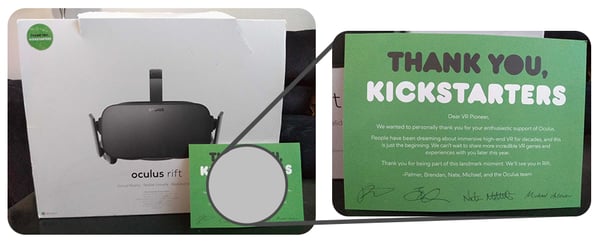
Although it can be clunky at times, I've had some truly fantastic experiences so far. Like feeling my heart race as I looked over the edge of a massive cliffside (while being safe and sound in my bedroom), or having an epic space adventure on the bridge of a starship with friends I hadn't seen in months sitting right beside me, or feeling such a real sense of immersion in a game that I banged my shin on a nearby table, completely forgetting I wasn't actually living in that virtual world.
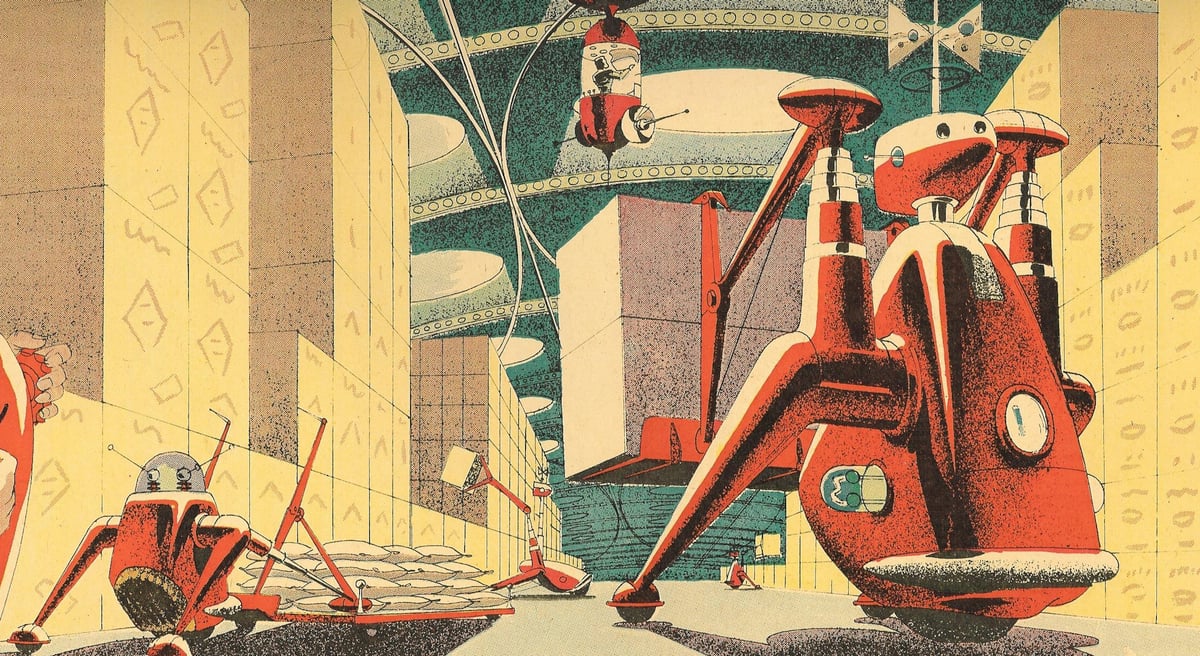
Even though VR is still in its infancy, there are moments when the stars align, everything performs flawlessly, and you get a glimpse of what the future might hold. And while I have no reservations about the fact that we're practically living in the 1950s, visualizing what the world of the year 2020 will look like, I can't put this topic to bed until we jump back in the time machine and instead look at what lies ahead of us. What are people working on right now that could literally change the way we interact with reality itself? And what is that going to do to our lives? Our relationships? Our businesses?
Looking back at the birth of this and other technologies, I've learned that predicting the future is nearly impossible, but there are kernels of truth buried in speculation.
So, strap yourself in, and let's see where we might travel next.
NOW, WHERE WERE WE?
At the risk of disrupting the flow we've got going here, I did want to quickly point out that everything I covered last week barely scratched the surface of what's possible in VR. A few readers contacted me with a couple more interesting articles I wanted to share with you before we really get going. Don't worry -- this minor detour will be worth it.
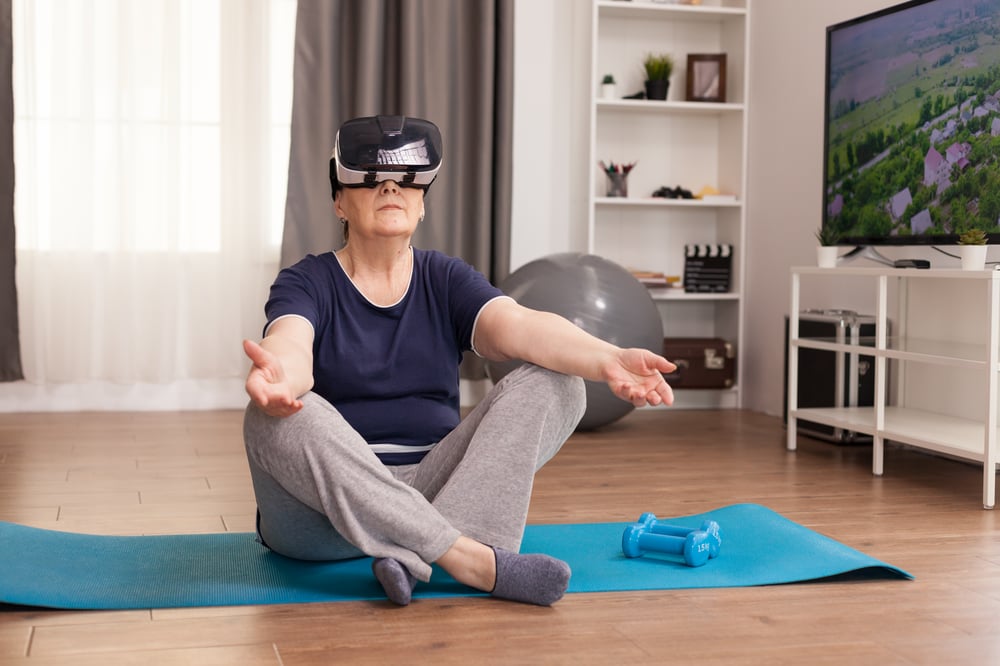
I don't know why I never thought about it before, but some people are using VR as a meditation aid, which is such a perfect idea for those of us who have a tough time visualizing things or drowning out the sound of the neighbor's dog barking in the morning. I've heard people talk about the benefits of meditation for years, and now I feel like I finally have a way of trying it out for myself.
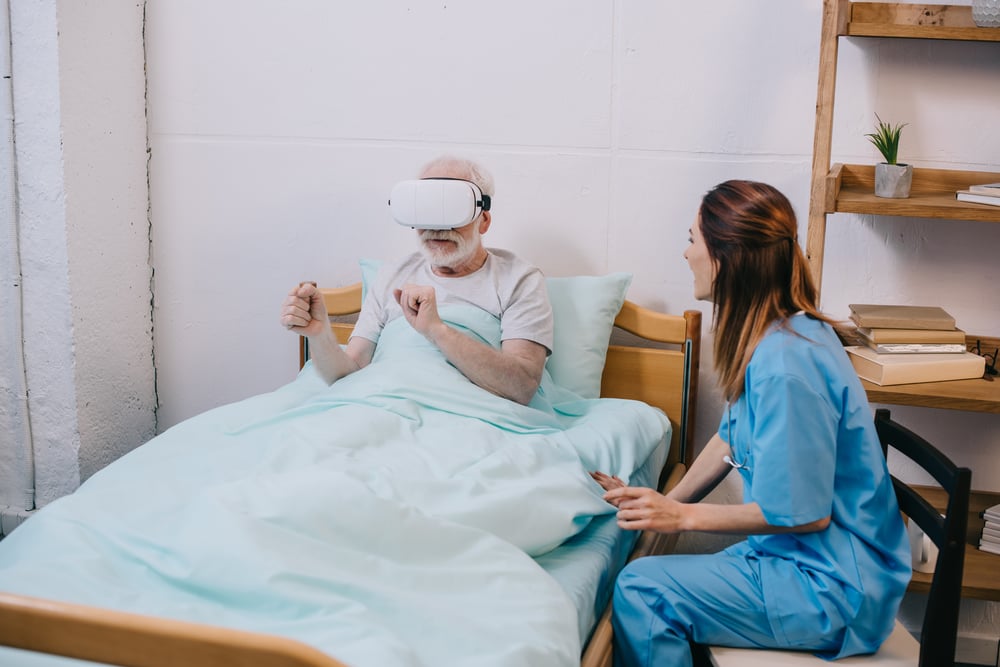
The most impactful one, more so than any I read in my previous posts, talked about the benefits virtual reality could have in treating illnesses like dementia. It's still early, but there's some really promising research showing that VR can help with memory recall by virtually reconstructing places from the patient's past. It can help caregivers understand their patients better, prepare for the difficult scenarios that can come from working with them, and provide the foundation for earlier diagnosis of the disease.
All of these possibilities are just amazing to me. Once the technology gets a few upgrades, it could evolve into something truly amazing, and groups are working toward that same goal today.
PRESENT DAY PIONEERS
We know where virtual reality started, and we know where it is today. But what about tomorrow? You might be asking if I have anything to paint that picture for you aside from rampant speculation.
As a matter of fact, I do.
Virtual reality today is kind of like the early days of cell phones. The technology works and is commercially available, but in essence it's a giant briefcase with a phone inside. If we're going to get to VR's smartphone equivalent, there are a couple of obstacles to overcome.
The number one thing on my list is locomotion, or how you move around a virtual world. Because as it stands right now, my shins can't take much more punishment. Luckily, a lot of companies are working on something called an omnidirectional treadmill. My favorite is probably the Onmi One, developed by a company called Virtuix.
And after reading about these things for about an hour, I'm still not entirely sure how they work. Essentially, it's a platform you can walk on endlessly in any direction, and it's small enough to fit in your living room. You're secured to it with a kind of vest, and once you strap on your VR headset, you just...go. I've watched the video on their site about 500 times now, and it still blows my mind seeing it in action.
Another issue with VR today is the visuals. Even though we have the computing power available to produce something close to photorealism in a virtual environment, displaying that environment to a consumer is a little more challenging than it sounds. When you get a screen that close to your eyes, you can see the individual pixels if it's not a high enough resolution. The problem we're facing now is producing a screen that's slightly bigger than the size of a human eye without getting that "screen door effect" is not only expensive but draws way too much power to be feasible today. And once you consider the fact that you have to render each image twice, once for each eye in its own screen, you might see why it took until the invention of the smartphone to get us even close to what VR is capable of today. But that's the thing, we love screens. We're always looking for bigger, better, more compact, and vivid displays. 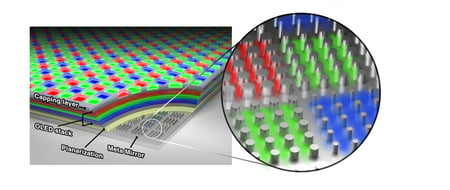 So the technology is getting there, and you never know where advancements could come from. We could be on the road to 10,000 pixels per inch displays (a massive leap from the 460 PPI display in the iPhone 12 Pro), thanks to research done on technology initially created for a new kind of solar panel, of all things.
So the technology is getting there, and you never know where advancements could come from. We could be on the road to 10,000 pixels per inch displays (a massive leap from the 460 PPI display in the iPhone 12 Pro), thanks to research done on technology initially created for a new kind of solar panel, of all things.
The visuals we have today are definitely good enough to trick your brain into thinking you're somewhere else, though. I can't wait to see improvement in that area myself, but I honestly don't think it's needed. What is needed is a better way for you to interact with the world...or should I say, for the world to interact with you?
It doesn't matter how beautiful the virtual room might be. When I put my hand against one of the walls -- and it just goes right through -- some of the magic is lost. When I see a ball on the ground and try to kick it, only to realize I don't even have feet, that's a problem. And when I pick up an object, I don't really feel like I have it in my hands--it feels like I'm pressing a button on a controller. This is precisely what's happening right now... And that's where haptic feedback comes in.
Haptic feedback is essentially any kind of technology that creates a sense of touch through force, vibration, or motion. Your cell phone provides a rudimentary type of haptic feedback when you get a call or text. More advanced forms could theoretically simulate wind, temperature, walls, objects, a high five, and all kinds of other things. You can probably see how useful something like this would be for virtual reality. The objects you see, the people you meet, the places you visit -- could all feel that much more real.
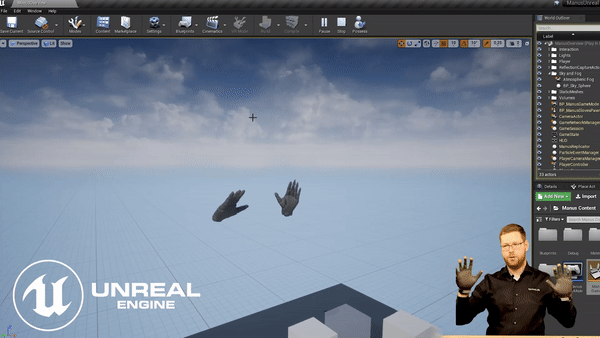
The most common example of haptics to VR is the glove. Many companies are working on these right now, with my personal favorite being the ones Manus is working on. And, for those of you who don't love the idea of gloves, you should check out what Japanese company H2L, Inc is working on with Unlimited Hand. It's absolutely crazy.
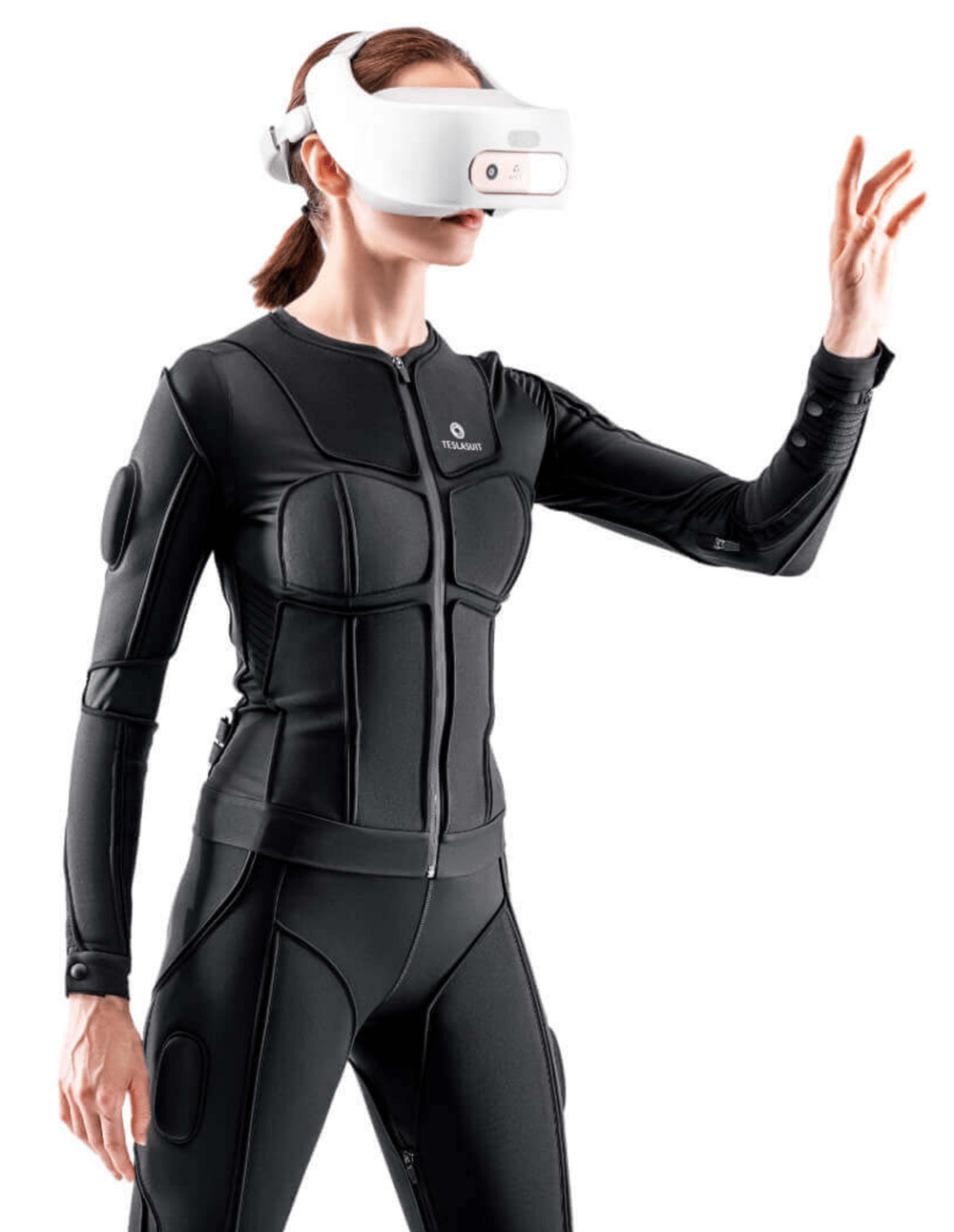
I have to say, though, the cream of the crop is the Teslasuit. This thing is right out of science fiction. It is a full-body, skin-tight suit with sensors and electrodes that can stimulate your muscles to mimic the sensation of touch, from a light graze to the impact of a gunshot. It even has built-in temperature control to simulate heat and cold within a virtual environment.
The coolest part about all of this technology? A lot of it is commercially available right now (yes, even the Teslasuit). Sure, some of it is unaffordable or isn't marketed to the average consumer, but that could change with time. The important thing is the technology is here now. It exists, it works, and it's out in the wild.
Turns out the future of VR is a lot closer than I expected.
A VISION OF TOMORROW
Alright, we're just about done. We've covered virtual reality in the past, present, and (hopefully) the future. But before you go, let's cover one more thing. We've talked a lot about what could be possible. A lot of technology might or might not develop and change the world over the next few years. So, what is the future of virtual reality really going to look like? Nobody knows for sure. But please grant me one last indulgence. I've been reading about this stuff pretty consistently for the past month, and after all that, there's a picture that's been stuck in my head for a while now. Let me share it with you before I go.
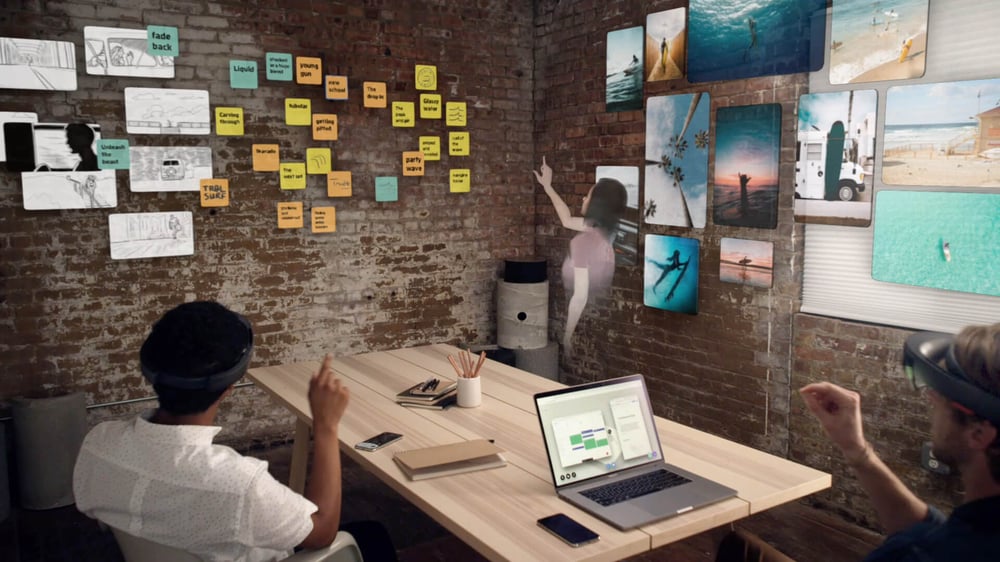
On any given day, you might find yourself bored at home. Maybe it's after a long day working from home or shopping, but at the end of it all, you're just looking to get away for a bit. Luckily, there's a VR system set up in your living room. What does it look like? I can't really say. Despite all the cool things we've looked at today, I can't imagine the average person is willing to put on an entire suit every time they want to jump into VR. But I imagine we'll figure something out. And, using this new streamlined system, you're able to go... wherever you want. Relax on a mountain peak, overlooking miles of untouched nature below you. Go to the ocean floor, exploring the vast depths that have been accurately recreated with sonar data but remain unknown to actual human eyes. Maybe you want to visit the beach, feel the sand between your toes, feel the warmth of the sun on your skin, and the cold rush of water as the waves move up the shore to greet you. Regardless of where you actually live, what time of year it is, or your financial situation, it would all be available to you at the touch of a button.
But, there's more. Maybe the most important thing, too. Because if the last year has taught me anything, it's the value of social interaction. How vital that connection can be. So it's a good thing that this is a vision of the future, and all your friends and family have the same virtual reality equipment that you do. We all love FaceTime and video calls, but what if you could stand in the same room as the people you love at any given moment? Socialize with them. Play board games and feel the pieces between your fingers, go bowling and feel the weight of the ball as you steady your aim, and be able to see the smile on their faces as you tell them yet another awful joke. Or is it just me that does that?
When I look at that vision of the future, I don't see it as a technology meant to isolate. You aren't putting on the headset to separate yourself from the world -- you're doing it to connect to something greater. Where the limits of travel, money, and connection don't exist. Where my friends across the world are no different than my roommate across the hall. This type of technology could bring people together in a more tactile, real sense than anything that's come before. And there's something about that I can't help but find beautiful.
Anyway, that's just a little bit of how I feel about virtual reality.
Is it a long way off? Maybe. Some of the technology needs to be improved, refined or made cheaper. Developers need to take the technology and do something with it, create experiences with it as well. But we got there with TV, we got there with phones, computers, and countless other kinds of technology. I think we can get there with this, and it's a privilege to witness the long road that so many are taking to make it all a (virtual) reality.
Spencer Sandoval is apart of the Creative Team at Verb (and obviously, a huge Virtual Reality buff). As one of our Email Marketing and eCommerce professionals, he has a ton of experience working with the Magento and Zencart eCommerce platforms, as well as managing customer lists, creating segments, and getting e-blasts sent out on a weekly basis for a number of clients using the email marketing platforms Bronto and Email Direct.
